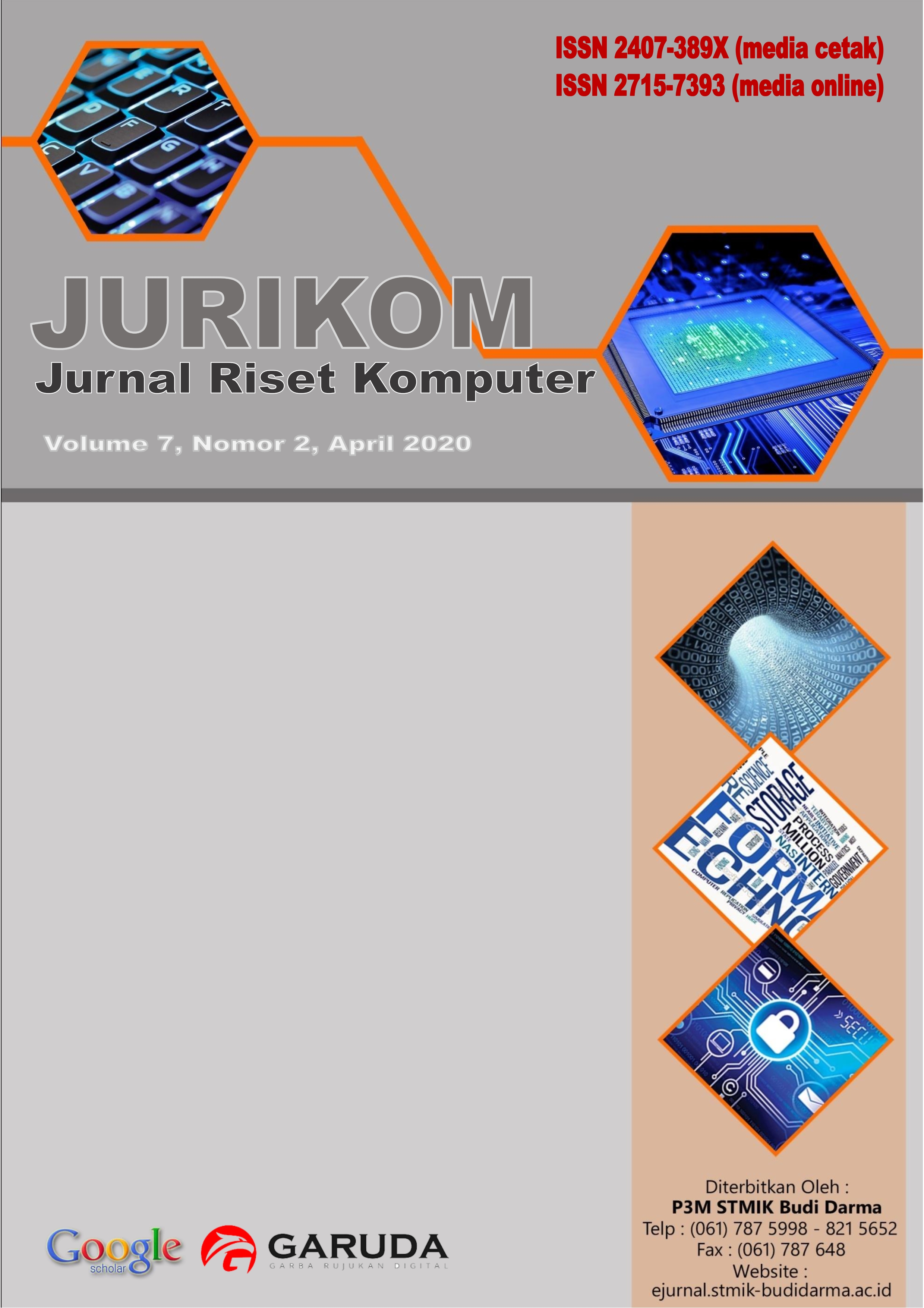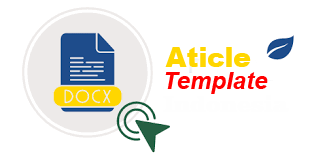Rekayasa Informasi Untuk Mendukung Keberlangsungan Proses Service Level Management
DOI:
https://doi.org/10.30865/jurikom.v7i2.2012Keywords:
Information Engineering, Service Level Management, Service Level Agreement, Information SystemAbstract
The main component of the entire strategy in Service Level Management (SLM) as a service provider is shown by implementing the Service Level Agreement (SLA). The service provider has to always guarantee that SLA which is indeed determined for a customer is achieved and fulfilled. The thing causing a failure in fulfilment of SLA is the expectation of business that is categorized in high indication while SLA establishment is still in progress, so it is indicated that there is a difference of perception between business and IT paradigm. The aim of this study is to build a framework to facilitate the achievement of a balance between the expected quality for the customer as the receiver party and the service which is offered by a service provider. The methodology which is applied in this study is by using an approach of informationengineering that consists of planning the analysis of related vision, planning of the technology effect, analysis of critical success factor, analysis of problem and purpose, as well as the identification of business area. The research which is conducted has given an obvious perspective paradigm in general that an integrated information system is indeed needed into the implementation of SLM to complete the significance among the functional divisions in a companyReferences
Hanemann, Schmitz, D., & Sailer, M. (2005). A framework for failure impact analysis and recovery with respect to service level agreements. In the IEEE International Conference on Services Computing, Florida USA.
Knight, S., & Burn, J. (2005). Developing a framework for assessing information quality on the World Wide Web. Information Science Journal, 8, pp.159 – 172,.
Rana, O.F., Warnier, M., Quillinan, T. B., Brazier, F., & Cojocarasu, D. (2008). Managing Violations in Service Level Agreements. In Grid Middleware and Services, Boston, MA: Springer US, pp. 349–358.
www.computerworld.co.nz
Abdelatey, A., Elkawkagy, M., El-Sisi, A., & Keshk, A. (2017). A Multilateral Agent-Based Service Level Agreement Negotiation Framework. In the International Conference on Advanced Intelligent Systems and Informatics.
Halili, M. K., & Cico, B. (2018). Towards Custom Tailored SLA in IaaS Environemnt Through Negotiation Model: An Overview. In the Mediterranean conference on embedded computing,.
Jin, L.J., Machiraju, V., & Sahai, A. (2002). Analysis on Service Level Agreement of Web services. Hewlett-Packard Laboratories.
Krishna, A., Dangayach, G.S., & Jain, R. (2011). Service recovery: Literature review and research issues. J Serv Sci Res, 3(71).
Maita, I., & Akmal, S. (2016). Analisis tata kelola teknologi informasi dengan best practice itil v3 service operation (Studi Kasus: Pustaka dan Arsip Kampar). Jurnal Rekayasa dan Manajemen Sistem Informasi, 2(1), pp. 60-65.
Menken, & Blokdijk, G. ISO/IEC 20000 Foundation Complete Certification Kit. The Art of Service.
Martin, J. (1989). Strategic Information Planning Methodologies, Second Edition, Prentice Hall.









